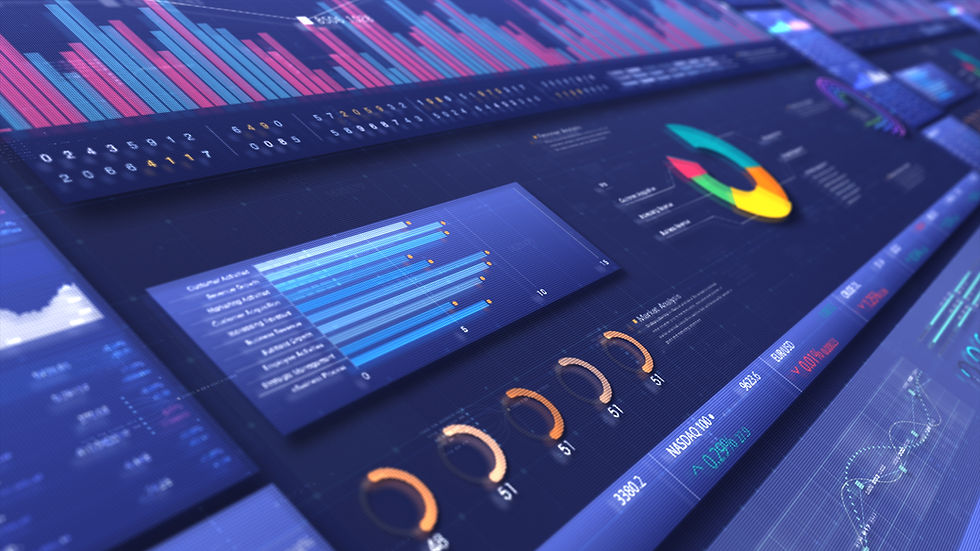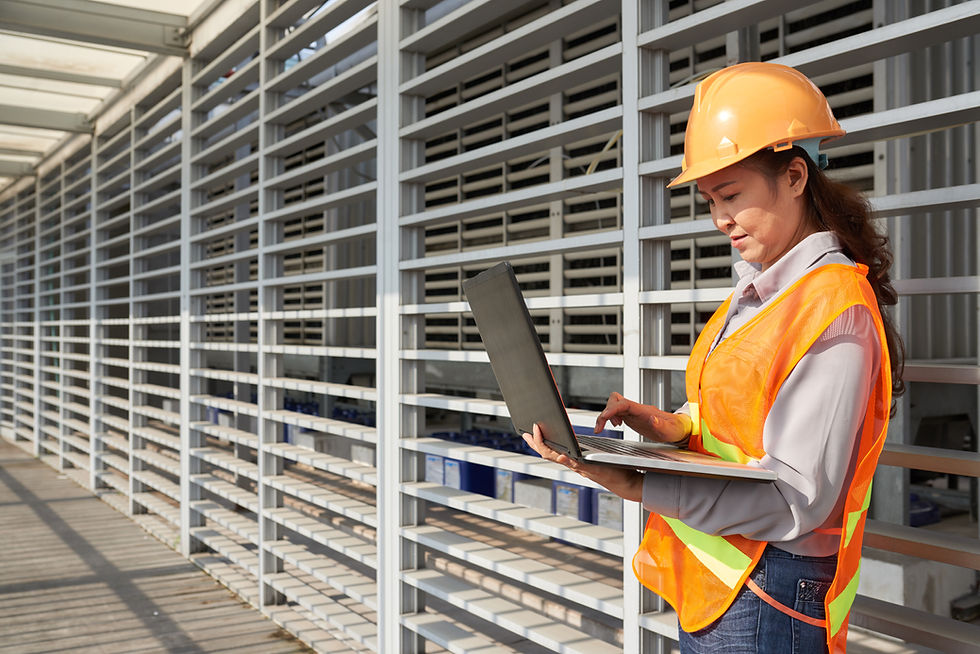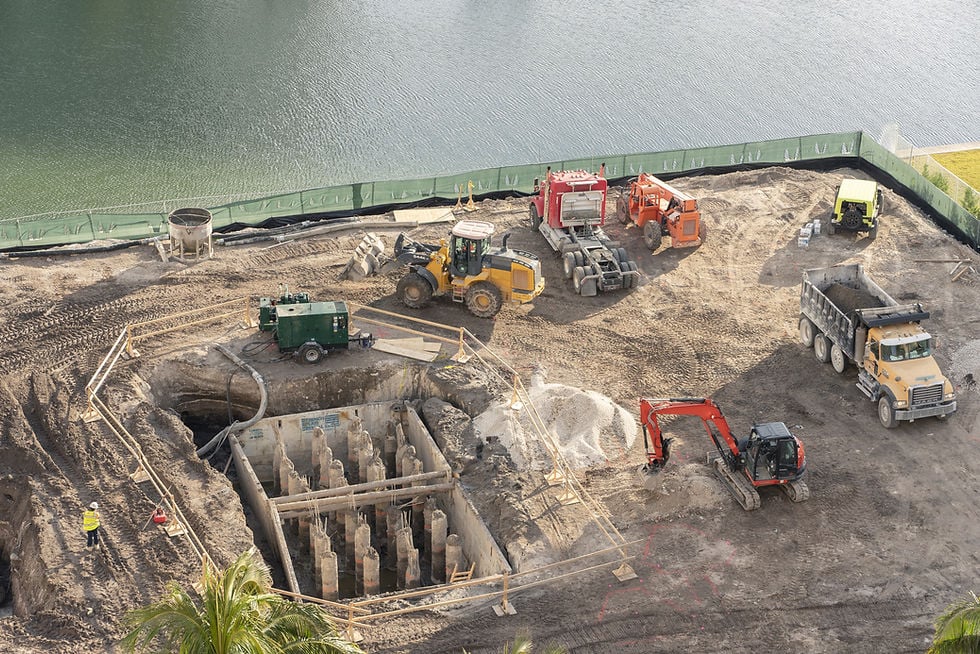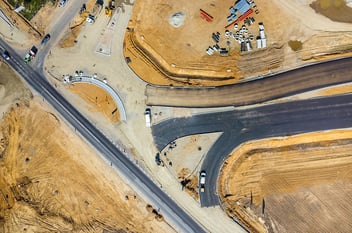Disclaimer: In this article, I'll be using ChatGPT as a representation of the overall AI language model technology advancement. OpenAI's ChatGPT is just one of many such tools that are hitting the market.
Benefits of ChatGPT in Construction

Another potential application of ChatGPT in the construction industry is in the area of safety. Safety is a top priority in construction, and companies are always looking for ways to improve their safety protocols and minimize the risk of accidents on job sites. ChatGPT can help by analyzing data from past safety incidents and identifying patterns or trends that could help prevent future accidents. It could also be used to analyze safety procedures and protocols to identify areas that could be improved.
Another potential benefit of ChatGPT in construction is its ability to assist with project management. Project management is a critical function in construction, and ChatGPT could be used to assist project managers in a number of ways. For example, it could help to create more accurate project schedules, identify potential risks and issues, and provide real-time updates on the progress of projects.

ChatGPT could also be used to improve communication and collaboration between different teams and stakeholders in construction projects. For example, it could be used to help coordinate the efforts of different subcontractors and suppliers, or to provide updates to project stakeholders in real-time.
Risks of ChatGPT in Construction

Of course, as with any technology, there are also potential risks and challenges associated with the use of ChatGPT in construction.
One major challenge is ensuring that the data used to train the model is accurate and representative of the real-world conditions on construction sites.

Without effective data capture capabilities, construction teams won't be able to realize the full advantages of this breakthrough technology. In fact, forcing teams to adopt ChatGPT in the absence of a well-run data capture process can actually cause more harm than good for the organization as the insights will be flawed.
Final Thoughts
While ChatGPT is still a relatively new technology, its potential impact on the construction industry is already becoming clear. From improving safety to streamlining project management, ChatGPT has the potential to transform the way construction companies operate, and could be a key tool in helping the industry to meet the challenges of the future.
In conclusion, the benefits derived from ChatGPT in construction are based around it's data analysis capabilities. Based on the data it sees, it can provide useful insights and prompts so construction teams can make decisions faster or more proactively. But in order to get these benefits, construction teams must still focus on their data capture capabilities. This is where modern construction workflow automation tools come in to play. To learn more about the new generation of construction data capture technologies, check out our article here.





